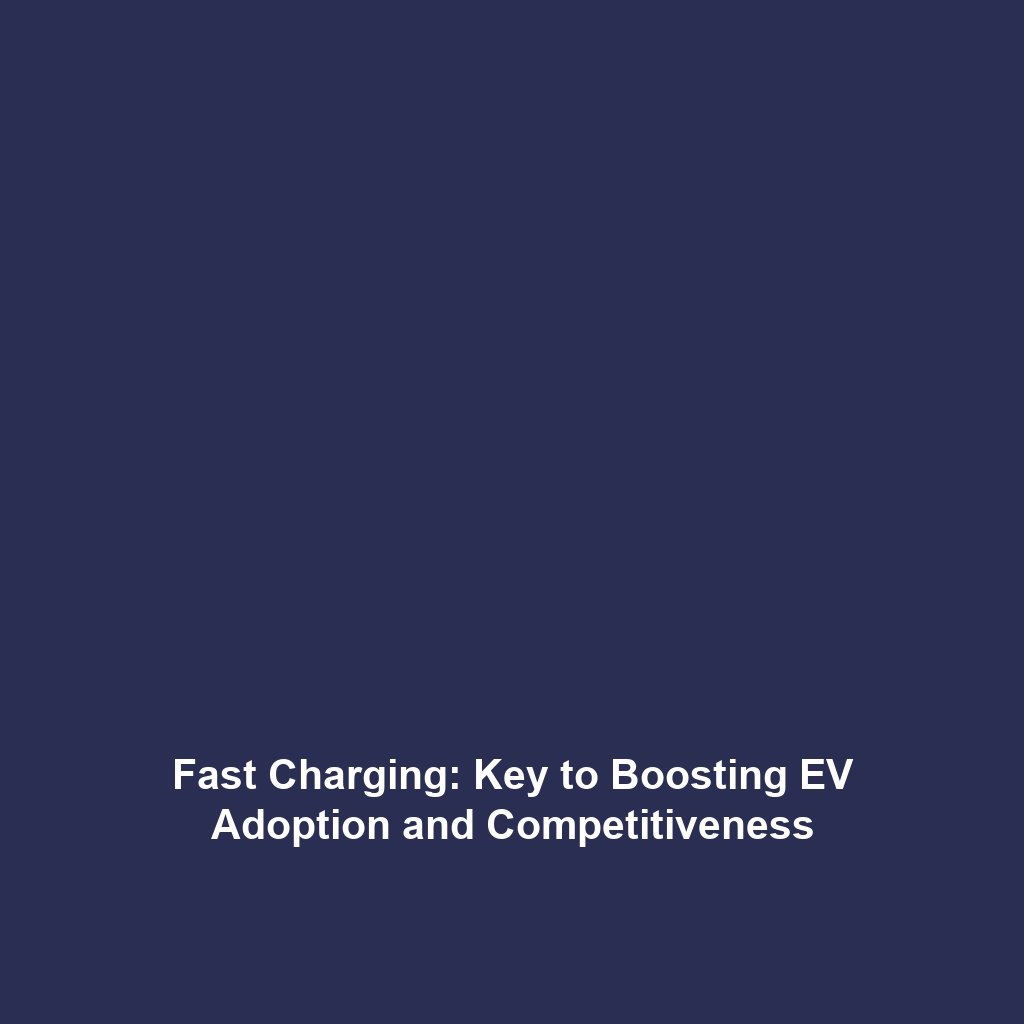What is a Battery? Definition and Basic Principles
A battery is a device that stores chemical energy and converts it into electrical energy through electrochemical reactions. Understanding batteries is crucial in today’s world, where battery technology drives advancements in electronics, renewable energy systems, and electric vehicles (EVs). This article delves into the definition and fundamental principles of batteries, highlighting their relevance in the broader context of battery technology.
Key Concepts
Definition of a Battery
A battery consists of one or more electrochemical cells that convert stored chemical energy into electrical energy. Each cell contains two electrodes: an anode (negative) and a cathode (positive) separated by an electrolyte. During discharge, electrons flow from the anode to the cathode, generating an electric current.
Basic Principles of Battery Technology
The operation of a battery is based on three critical components:
- Electrodes: The anode and cathode materials are designed to facilitate chemical reactions that release or store energy.
- Electrolyte: This medium allows the movement of ions between the electrodes while blocking the flow of electrons, ensuring controlled energy conversion.
- External Circuit: This pathway permits the flow of electrons from one electrode to the other, enabling power delivery to connected devices.
Applications and Real-World Uses
The significance of understanding what a battery is extends to various applications within battery technology:
- Consumer Electronics: Mobile phones, laptops, and tablets utilize batteries as their primary power source.
- Electric Vehicles (EVs): Batteries are fundamental for powering electric and hybrid vehicles, advancing transportation toward greener options.
- Renewable Energy Storage: Solar and wind energy systems use batteries to store excess energy for later use, enhancing energy efficiency.
Current Challenges
Despite their extensive use, there are several challenges related to the study and application of batteries:
- Capacity Limitations: Many batteries have limited energy storage capacity, necessitating further advancements.
- Degradation: Batteries degrade over time, leading to reduced performance and necessitating frequent replacements.
- Environmental Concerns: The disposal and recycling of battery materials pose ecological challenges that need to be addressed.
Future Research and Innovations
Ongoing research in battery technology aims to address current challenges while improving efficiency and sustainability. Some promising areas of innovation include:
- Solid-State Batteries: These batteries promise higher energy densities and improved safety compared to traditional lithium-ion batteries.
- Fast-Charging Technologies: Developing methods to significantly reduce charging time enhances user convenience and electric vehicle adoption.
- Recyclable Materials: Research into bio-based and alternative materials aims to minimize environmental impact while enhancing performance.
Conclusion
Understanding what a battery is, along with its basic principles, is essential for grasping the advancements in battery technology. As we face growing energy demands, innovative battery applications will continue to evolve, addressing challenges and driving future research. To learn more about battery technology and its developments, check out our additional resources on battery innovations, renewable energy storage, and electric vehicles.
This structured HTML article is focused on delivering a comprehensive understanding of batteries while incorporating SEO strategies to enhance visibility and engagement.


